L.m.Ohara posted on Facebook the following two pictures today. In the first picture, the Wildfire flower appears red and the bowl has a deep yellow color.
In the second picture the Wildfire flowers appear purple and the bowl has a much lighter yellow color.
It appears that Linda took these pictures at the same time, at the same place, with the same camera, because the Wildfire flower in the upper right corner of the picture is the same in both pictures. Why then does the camera rendered the colors so differently in the two pictures? There is no physical reason they should be different.
If you recall Karen Babb posted recently in Plumeria Addicts about how she can get more realistic colors of a Kaneohe Sunburst flower by using a white paper behind the flower. The exact same effect is happening in both cases.
I am an expert in photography and have been developing and printing color pictures for more than 30 years.The reason for it is complicated and I am going to try to explain it as simply as I can.The camera corrects the colors so they appear natural, by what is called the white balance. I used to use a color analyzer to determine the correction to the color (amount and direction) in printing color pictures. Both the old color analyzer and modern cameras are based on the same principle. It was determined a long time ago by Eastman Kodak that if you blend all the colors in an average picture you get 18% gray. As a result, the calibration of the color balance is based on the assumption of 18% grey for each picture. Now when you have red flowers against a yellow bowl, if you blend the colors, you clearly do not get 18% grey. The same is true if you take pictures of plumeria flowers against any other solid color. This throws off the white balance and you get a tint in the pictures that affects both the flower and the background.
So I did a control study to quantify the effect of background color on both the flower and the background colors. I took
pictures of a dozen flowers against 8 different color backgrounds with the same camera, under the same light and macro lens magnification. As you might have guessed, the most natural colors of the flowers appear when the background is dark grey as the following pictures of an old Kimi Moragne and a new Grove Farm flowers show (closest to 18% grey).
Both the background and the flower appear in their natural color. The following picture shows the older Kimi Moragne flower with a white background. The color is OK but it is darker than in real light. The grey background results in the closest to the actual flower color. So white background is OK but not as good as dark grey.
Now, look at how the background color changes: gets darker with yellow flowers and lighter with dark red flowers.
This is true for any color. If you have noticed, the plumeria leaves get real dark in pictures of yellow flowers and lighter in pictures of dark flowers. Now, let us look at the same Kimi Moragne and Grove Farm flowers against a yellow background. Magically the flowers have turned purple! And this is because the yellow background messed up the
white balance correction of the camera.
Now, let us look at L.m.Ohara's pictures. In the first picture, Linda's picture captured a significant portion of the dark grey countertop. That rendered the mix of colors in the picture close to 18% grey and the color of the Wildfire
flower as well as the yellow bowl appeared close to their natural colors. In the second picture Linda zoomed in and the picture background is only the yellow bowl. Bingo, that messed the the white balance just like in my study and the
Wildfire flowers appear purpple and the bowl appears light yellow. According to my study, yellow and red are by far the worse background colors and cause the most change in both the flower and bacground colors. According to my study there is an optimum background for different color flowers. For, example, the best background color for yellow flowers is black.
I plan to show a lot of details of this study in an upcoming PSA newsletter article.
George
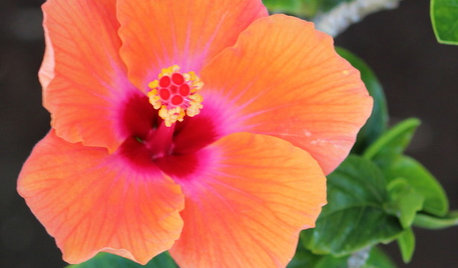
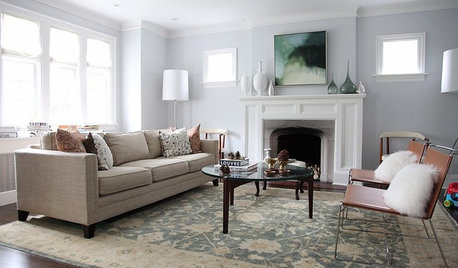
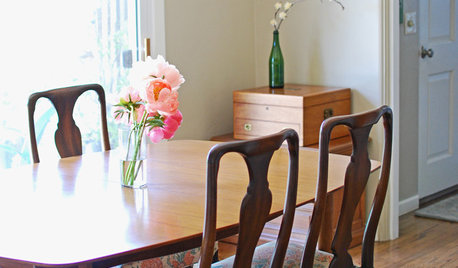
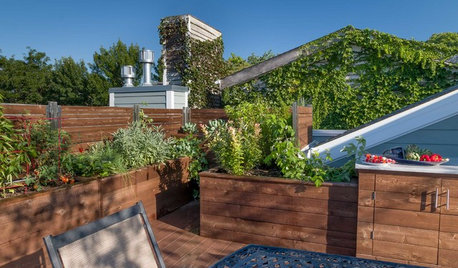
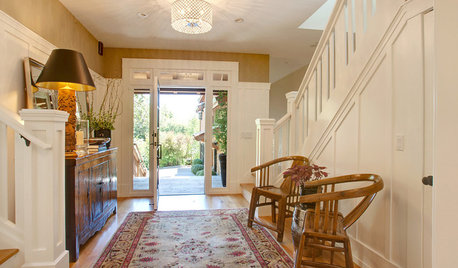
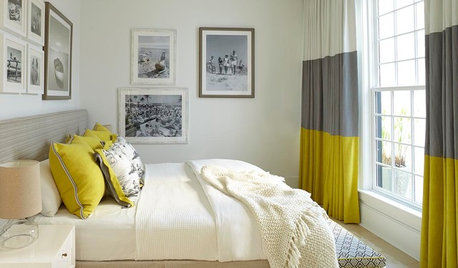
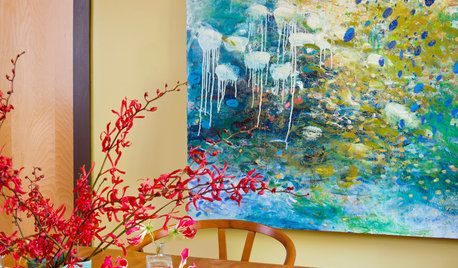
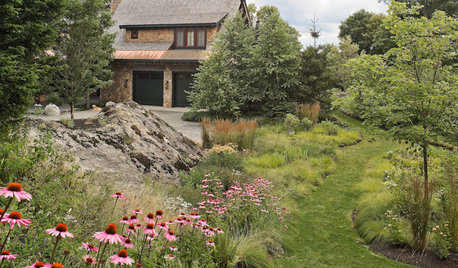







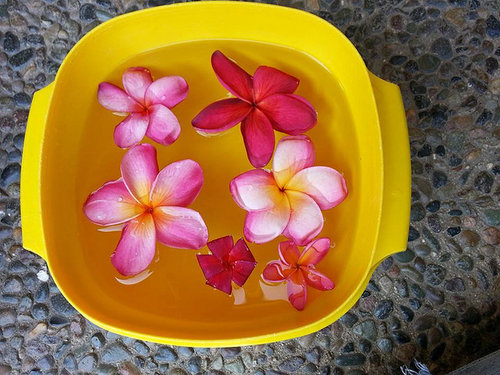
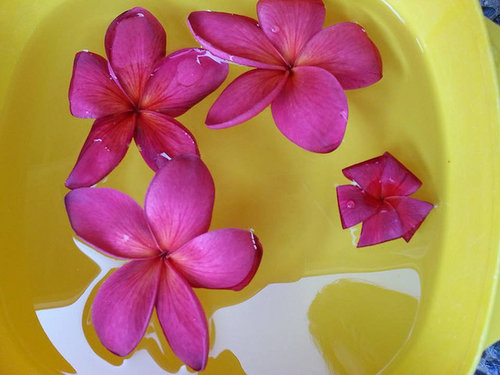
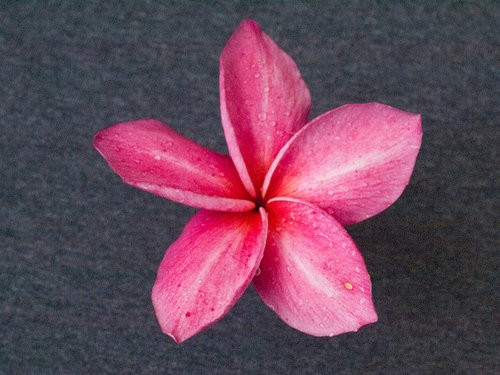




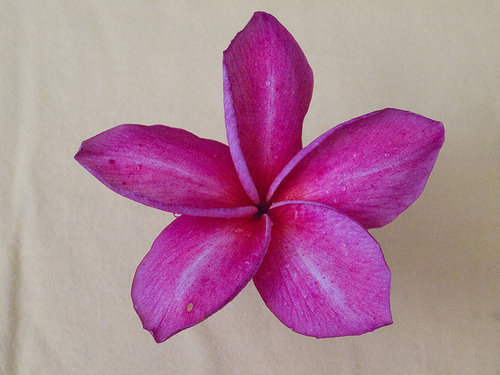
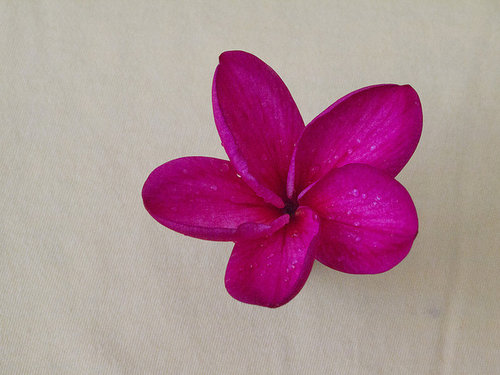


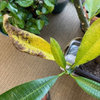
Minderella
rox146
Related Professionals
Oconomowoc Landscape Architects & Landscape Designers · Richmond Heights Landscape Architects & Landscape Designers · Surprise Landscape Contractors · Bedford Landscape Contractors · Costa Mesa Landscape Contractors · Duarte Landscape Contractors · Fort Mill Landscape Contractors · Mastic Beach Landscape Contractors · Nanuet Landscape Contractors · Parkland Landscape Contractors · Riverview Landscape Contractors · South Farmingdale Landscape Contractors · West Chicago Landscape Contractors · West Haverstraw Landscape Contractors · Orem Siding & Exteriorscitizen_insaneOriginal Author
tdogdad
citizen_insaneOriginal Author